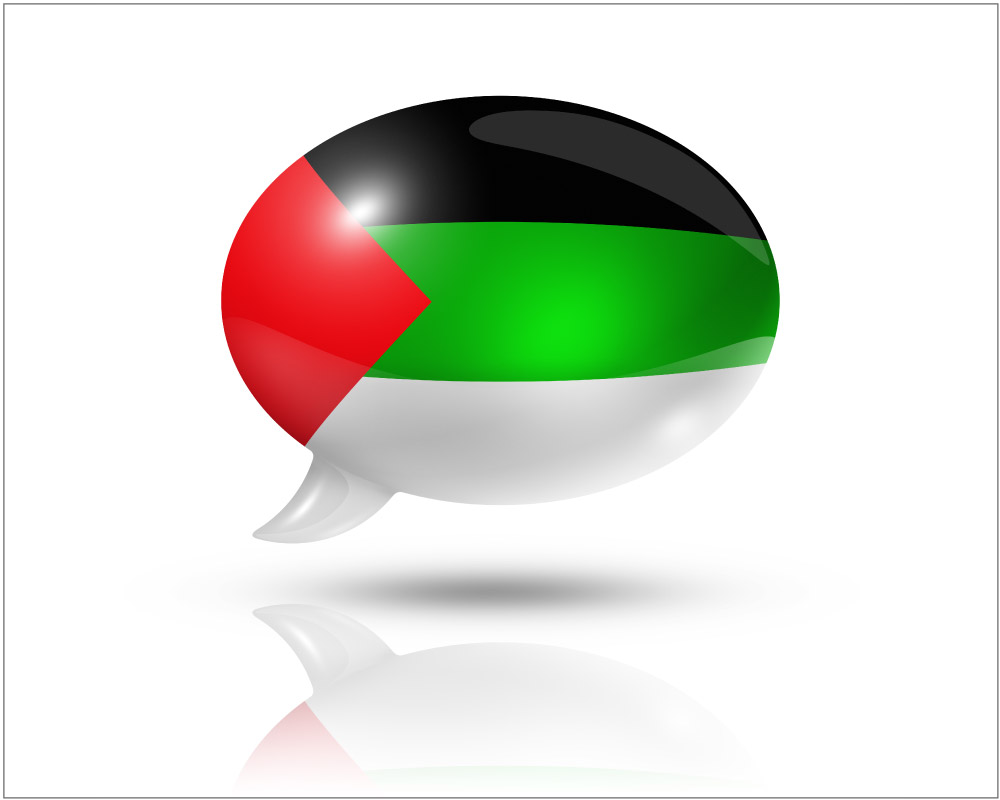The Grind of Arabic Localization, or Maybe Not!
|
Font size:
Arabic has a rich history, having undergone countless changes in the course of time. Some of these transformations date back to the 1st century AD. As one of the Silk Road languages, Arabic has interacted with numerous dialects and vernaculars spoken in all four corners of the world, evolving into Old Hejazi and Classical Arabic.
Diversity, the pain of Arabic localization
In many cases, diversity is celebrated. In the case of Arabic localization, though, the old adage “The more, the merrier” does not apply precisely because diversity only makes things more complicated.
There are as many ways of saying “How are you” as there are Arabic dialects
| Sudan | Egypt | Emirati | Yemeni |
|---|---|---|---|
| O Khalafallah! | Akhbarak eh? | Shlonak? | Kayf ant? |
The true grit of Arabic localization: idiomatic expressions
احترنا يا قرعة من وين بدنا نبوسك! (ahtarna ya qureatan min win bidna nbuski!)
احترنا يا قرعة من وين بدنا نبوسك! تقبرني! (taqbiruni!)
القرد بعين امه غزال (alqird bieayn amah ghazal)













